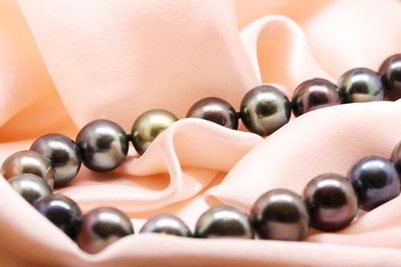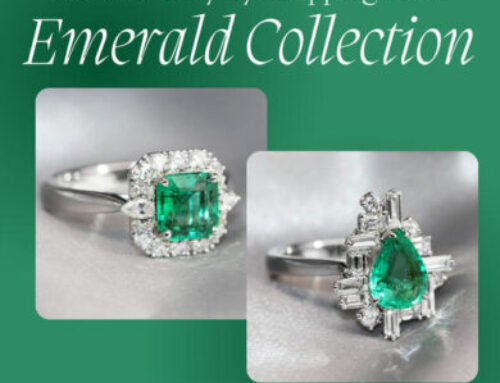Pearls are formed when a mollusk produces layers of nacre (NAY-kur) around an irritant inside its shell.
In natural pearls, the irritant is often another organism from the water.
In cultured pearls, a mother-of-pearl bead or a piece of tissue is inserted to start the process.
The quality of the nacre dictates the quality of the luster of the pearl, important for both its beauty and value.

Natural pearls are extremely rare, and sadly many have already been harvested.
Saltwater pearls are usually white or cream in colour and round in shape ranging from 2mm to 10mm.
South Sea Pearls are produced in Australia, Indonesia and the Philippines.
They are the largest of all pearls ranging from 9mm-20mm, naturally white, golden or cream in colour.
Tahitian pearls are not exclusively from Tahiti but rather from several islands of French Polynesia.
They are collectively called black pearls, but naturally occur in gray, blue, green and purple also as you can see in the strand of tahitian pearls pictured, they are all slightly different colours.
Freshwater pearls are grown in freshwater lakes, rivers and ponds – usually in China.
Although many are white they can also be produced in a variety of pastel colours.
While the majority of pearls are cultured by humans, they are still a natural product – each with its own individual shape, colour and markings which make it a unique product.







Leave A Comment